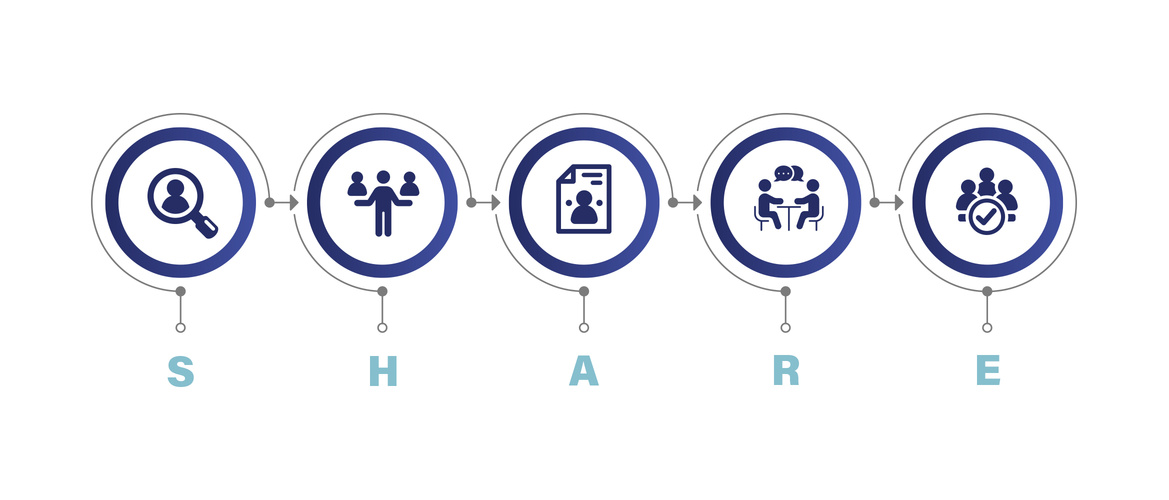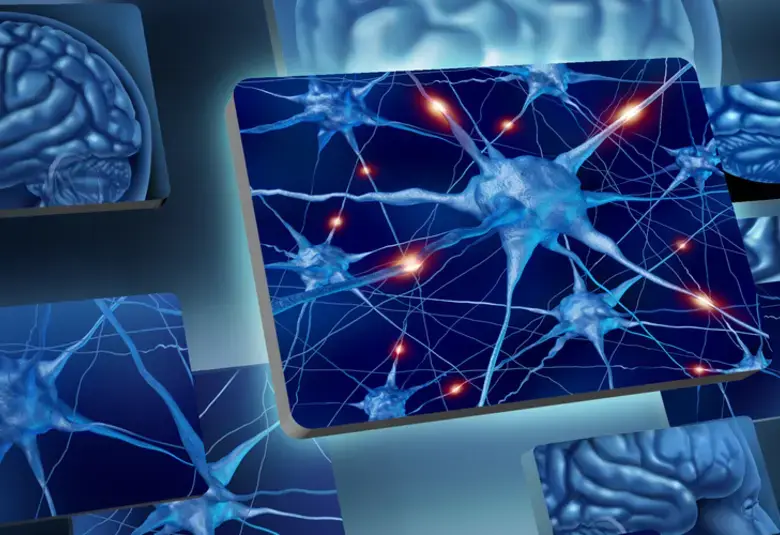More than one billion individuals across the world are affected by migraine.1 Headache disorders, including migraine, are the number one cause of years lived with disability in people aged 15–49 years, and the second overall cause of disability globally.2 Therefore finding a way to control migraine could have a profound impact, ensuring these individuals’ lives are no longer dominated by migraine.
It would be impossible to describe a patient experience that encompasses every aspect of migraine; however, a valuable overview of the real impact of the illness can still be created. Dawn Buse, Clinical Professor of Neurology at Albert Einstein College of Medicine in New York, Christoph Schankin, Head of the University Headache Clinic at Inselspital, Department of Neurology, Bern University Hospital and Jan Versijpt, Head of the Clinic of Neurology, University Hospital in Brussels, shared their knowledge and insights into this debilitating, yet manageable, condition at the 9th Congress of the European Academy of Neurology (EAN) in Budapest. Their aim was to highlight an optimal treatment pathway for people living with migraine.3
A patient’s possible experience
The migraine story often begins in adolescence but will have far-reaching impacts that will affect a person living with migraine for the rest of their life.2
Initially, migraine attacks only occur infrequently, leading many individuals to self-medicate with over-the-counter medicines. It can be years before they see a healthcare professional (HCP), but even this doesn’t guarantee appropriate treatment. In one study it was found that only 29% of those with migraine-related disability received appropriate consultation, and of those, almost a third were misdiagnosed. Misdiagnosis is recognized as a key barrier to successful migraine management.4
Only 29% of those with migraine-related disability received appropriate consultation, and of those, almost a third were misdiagnosed4
Migraine may appear to be under control during these years, but as more stressful life events start occurring (for example, starting university or getting a job), these once episodic migraine (EM) attacks can progress into more severe chronic migraine (CM). Poor disease management also increases a patient’s chances of disease progression. One study in particular showed that 6.8% of EM patients who claimed to have a very poor response to acute treatment eventually progressed to CM, versus only 1.9% in those who had the best response.5 That’s a 3.5-fold increase.
As the disease worsens, so too do the symptoms and burdens associated with it. Depression and anxiety are known comorbidities of migraine, and levels of disability, anxiety and depressive symptoms are greater in patients with CM, compared with patients with EM.6 Other comorbidities include stress, obesity and sleep disturbance.1 Together they contribute to a constant downward spiral from which it can feel hard to escape.7
Migraine comorbidities include depression, anxiety, stress, obesity and sleep disturbance
Eventually, after years without appropriate treatment, patients might be referred to a neurologist who can begin a personalized treatment program but, by this point, how much of a toll will it have taken on their lives?
The patient burden
When considering migraine in hypothetical patients over many years, it can be easy to overlook the real-world individuals and the day-to-day impacts they experience. For example, stigma surrounding migraine can result in social isolation that makes it hard to connect with people. In a survey with over 6,000 participants, a third were reluctant to tell others about their migraine, while 10% didn’t think that their friends and families understood the disease.8 Migraine clearly has a profound effect on individuals’ lives and relationships.
Another survey, this time with 13,000 participants, revealed that 49% felt they would be a better partner if they did not have headaches, while 39% said they would be a better parent.9 And these consequences extend beyond their personal life: 33% said migraine had affected their career, and 32% said they worried about their long-term financial security owing to migraine.9
49% of participants said they would be a better partner if they did not have headaches9
Even during the intervals between attacks, migraine can have a profound negative impact. In one study on average 317 days of the year were spent in the interictal phase, yet over a quarter reported that they were not entirely free from migraine symptoms during this period.8 Interictal symptoms such as anxiety are common: people with migraine worry about making plans or commitments owing to the unpredictability of migraine attacks, which may contribute to poorer quality of life.10
With the stigma and the lack of informed conversations with HCPs, misconceptions can often form in the mind of a person living with migraine. For example, three quarters of women in one study thought their migraine disease would be worse during pregnancy and that migraine medications would negatively affect the child’s development, leading to 20% of the women actually avoiding pregnancy because of migraine. Fourteen percent even thought that migraine would cause the baby to have abnormalities at birth.11
What can HCPs do to improve the treatment journey?
Greater dialogue between HCPs and patients is essential in helping address misconceptions like these. Migraine is a treatable neurological disorder, and the downward spiral from EM to CM is both preventable and reversible. However, as Christoph Schankin flagged, the right treatment strategy must be matched to the right patient. Education is central to this; examples include migraine-related lifestyle guidance on how to avoid preventable risk factors by increasing physical activity, while reducing caffeine intake and acute medicine overuse.1
“The right treatment strategy must be matched to the right patient” – Professor Christoph Schankin
Professor Dawn Buse highlighted that never before have we been able to improve the quality of life for people with chronic migraine to such a degree. Existing acute treatment options reverse an attack that has already started, and preventive treatments are currently available that aim to reduce attack frequency, severity, duration and disability. But, these treatments are underutilized despite their availability, with only 28.9% of patients with CM receiving them.11 Unfortunately, it has been found that adherence to traditional oral treatment is poor and generally gets worse once a patient starts switching between the available options.12 Newer options, such as anti-CGRPs (anti-calcitonin gene-related peptides), may offer new hope though.
The best way to increase treatment adherence may be through dialogue with the patient. Shared decision-making can increase treatment adherence and affective-cognitive patient outcomes.13,14 Starting a session with an open-ended question such as ‘what activities do you want to return to?’ allows HCPs to determine which goals are important to the patient. Together they can set realistic goals, with the patient being reminded of them throughout their treatment journey, making them more likely to adhere to treatment even if their confidence wavers. This Motivational Interviewing technique is emphasized in current health polices, with one prominent example being the development of the SHARE approach by the Agency for Healthcare Research and Quality. The aim is to ensure “patient values guide all clinical decisions.”15
Shared decision-making can increase treatment adherence and affective-cognitive outcomes13,14
ean_narrative_article_1_web_infographc_05jul2023.jpg

Early intervention can improve each patient’s journey. In the words of a patient: ‘If at any point a doctor had said, “I won’t give up on you – let’s work together to improve your quality of life” that would have made all the difference in the world.’16
By opening a discussion with the patient about appropriate treatment, the downward spiral of migraine can be avoided and a route to living life with controlled migraine is potentially provided. Their life will no longer be dominated by migraine and everything from big life events, such as starting a family, to small things, like what to do on the weekend, are manageable, and can be achieved on their own terms.
This scientific and CME accredited satellite symposium was supported by Lundbeck.




